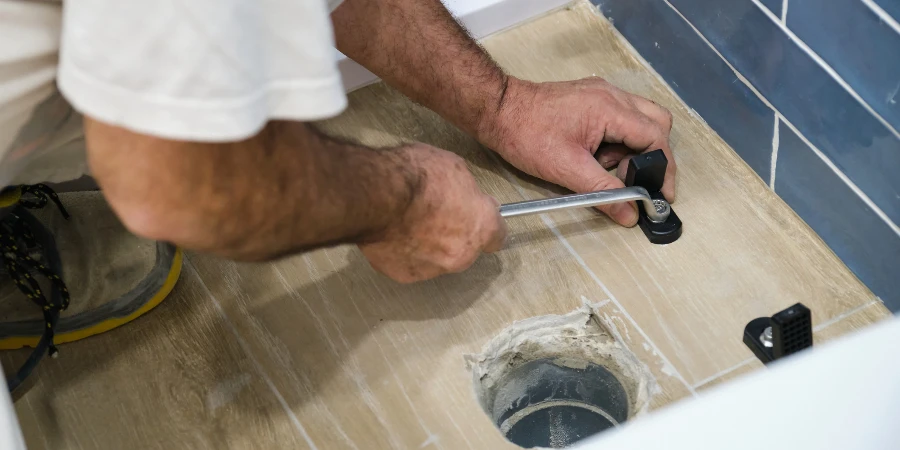The toilet flange might not be the most glamorous component in your bathroom, yet its importance cannot be overstated. Serving as the critical link between your toilet and the home’s drainage system, a properly installed and maintained toilet flange ensures that your bathroom remains clean, hygienic, and free from leaks. This article will explore the intricacies of toilet flanges, guiding you through their selection, installation, troubleshooting, and maintenance.
Table of Contents:
– What is a toilet flange?
– Importance of selecting the right toilet flange
– Installation tips for a secure fit
– Troubleshooting common toilet flange problems
– Maintenance to ensure longevity
What is a toilet flange?
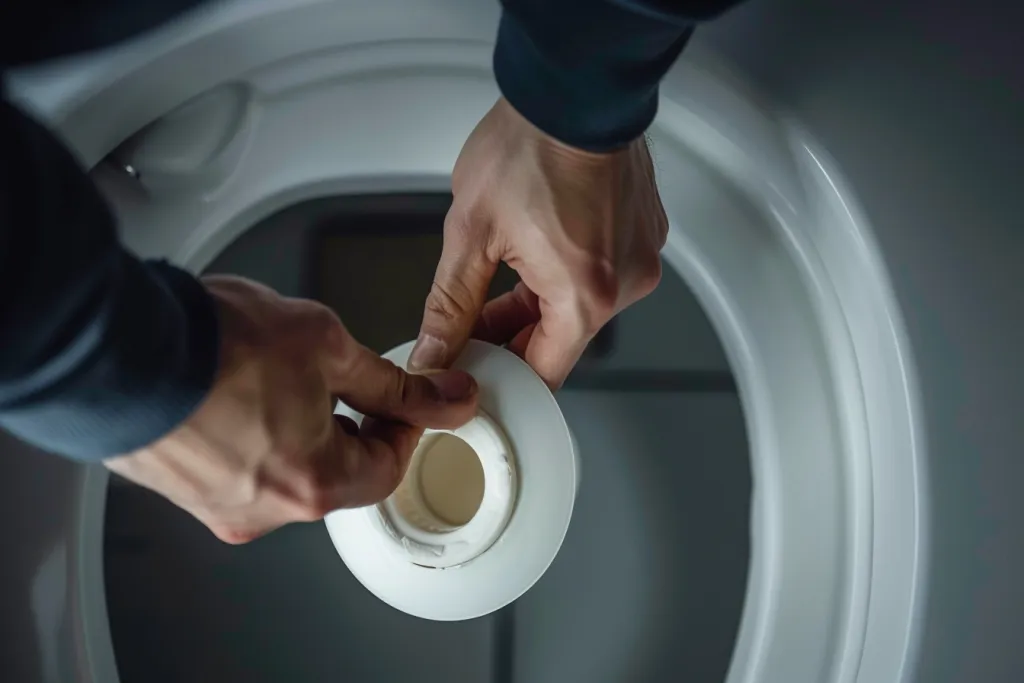
A toilet flange, also known as a closet flange, is a pipe fitting that connects the bottom of the toilet to the drainpipe in the floor. Typically made from PVC, rubber, or metal, it not only ensures a secure and stable connection but also prevents leaks and odors from escaping into the bathroom. Understanding its function and the various types available is the first step towards a well-maintained bathroom.
Importance of selecting the right toilet flange
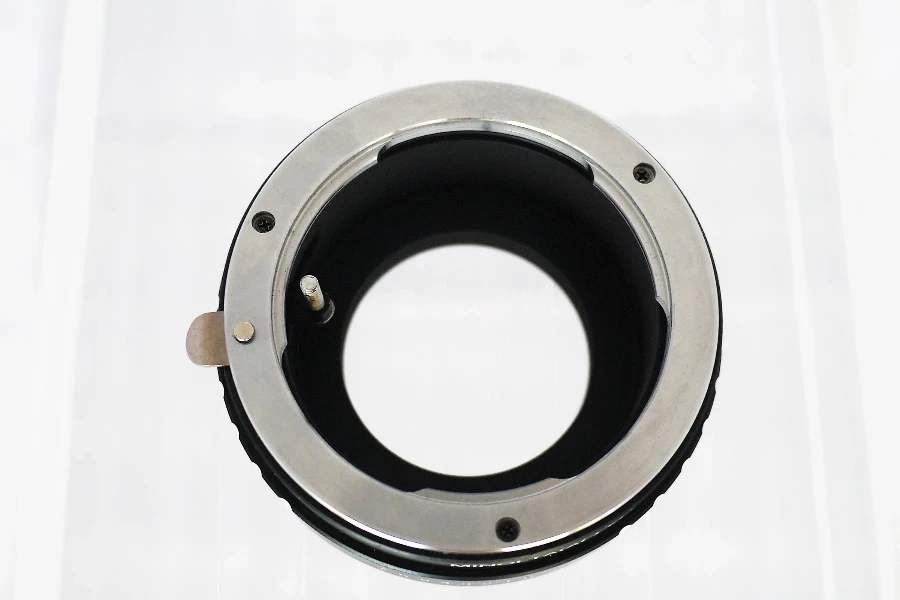
Selecting the right toilet flange is crucial for a leak-free bathroom. The choice depends on several factors, including the material of the flange, the size of your drainpipe, and the height of your bathroom floor. A mismatch can lead to leaks, odors, and even structural damage over time. It’s essential to consider the compatibility of the flange with your toilet and drainage system to ensure a snug fit.
Installation tips for a secure fit
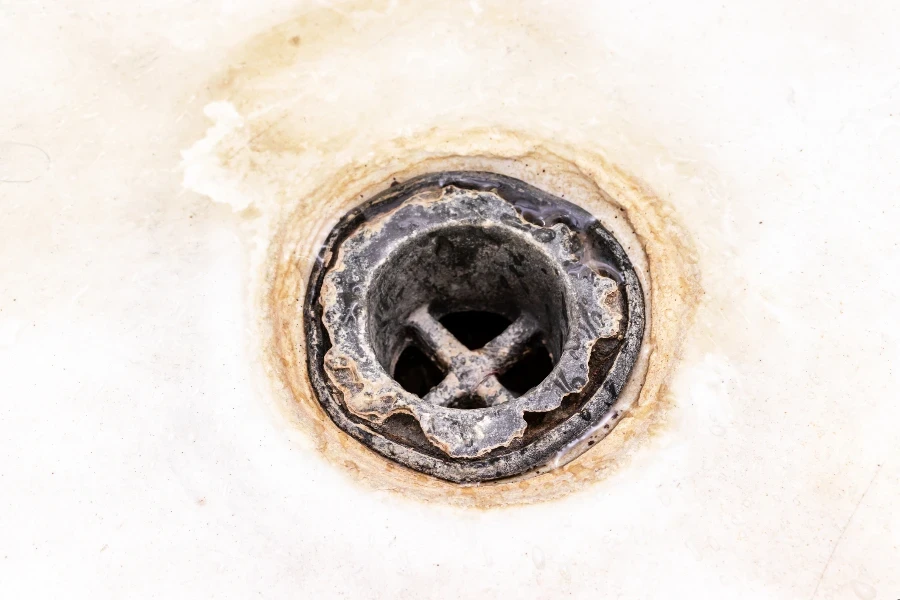
Installing a toilet flange might seem daunting, but with the right tools and techniques, it can be a straightforward process. Ensuring the flange is level and securely fastened to the floor is paramount. Using a good quality sealant and following the manufacturer’s instructions will also contribute to a successful installation. Regular checks during installation can prevent future problems and ensure a secure fit.
Troubleshooting common toilet flange problems
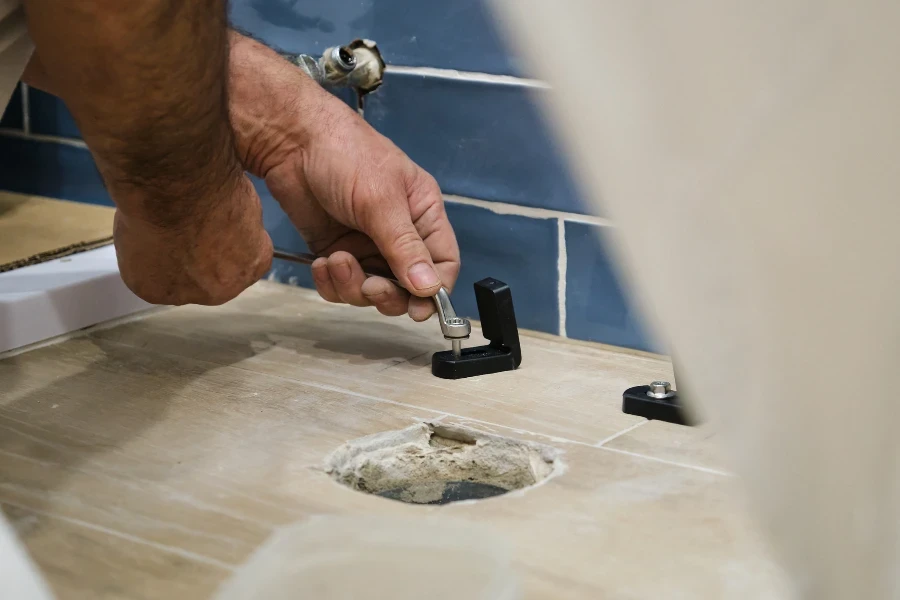
Even with the best installation, toilet flanges can encounter problems. Common issues include leaks, corrosion, and breaks. Identifying the signs of these problems early can save time and money. Knowing how to troubleshoot these issues, or when to call a professional, is an essential skill for homeowners. Regular inspections can help catch problems before they escalate.
Maintenance to ensure longevity

Regular maintenance is key to extending the life of your toilet flange. This includes checking for signs of wear and tear, ensuring the bolts are tight and the seal is intact. Simple steps, like avoiding harsh chemicals that can corrode the flange, can make a significant difference. Proactive maintenance can prevent leaks, odors, and the need for costly repairs.
Conclusion:
The toilet flange plays a pivotal role in the functionality and hygiene of your bathroom. Understanding its importance, selecting the right type, and following proper installation and maintenance practices can ensure a leak-free and secure toilet setup. Regular troubleshooting and maintenance will extend the life of your toilet flange, saving you time and money in the long run.
